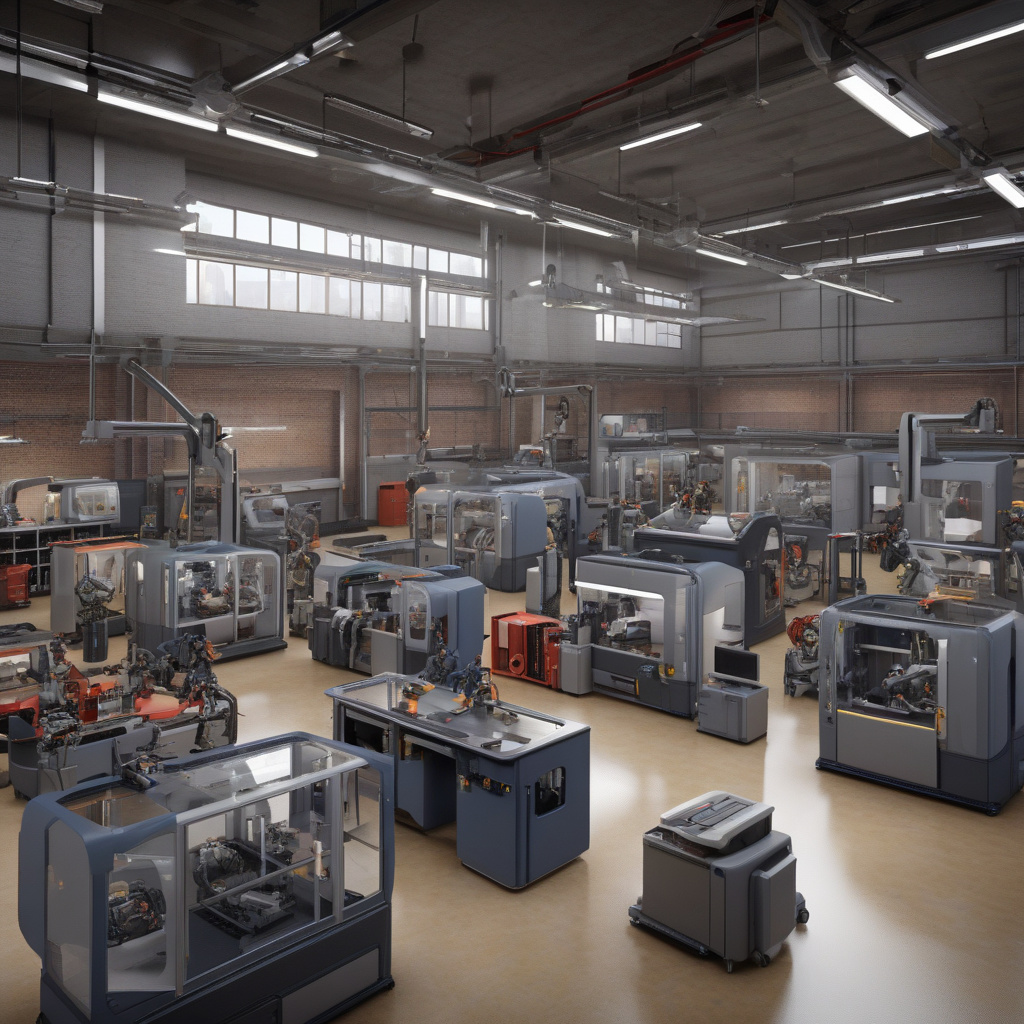In a recent discussion on hardware prototyping and the challenges posed by global trade dynamics, Alex Malcoci, the CEO and founder of MiniProto, shed light on the evolving landscape of manufacturing. With the US-China trade war looming over the industry, the imposition of a 35% tariff on prototypes could significantly impact businesses and innovators alike. However, Malcoci highlighted that leveraging automation in production processes could present a viable solution to mitigate these financial burdens.
One of the key takeaways from the conversation with Malcoci is the importance of reevaluating traditional manufacturing practices in light of current geopolitical tensions. The imposition of tariffs not only adds to the cost of production but also introduces uncertainties that can disrupt supply chains and delay project timelines. For businesses heavily reliant on overseas manufacturing, such measures can pose a significant threat to their bottom line.
To navigate these challenges and build prototypes without succumbing to the burden of tariffs, companies can consider adopting automated production systems. Automation not only streamlines the manufacturing process but also reduces the reliance on manual labor, thereby minimizing costs in the long run. By investing in automation technologies, businesses can enhance efficiency, improve product quality, and ultimately mitigate the impact of tariffs on their prototypes.
Furthermore, the integration of automation in manufacturing opens up new avenues for skills development and training programs for future engineers. As industries transition towards automated production lines, the demand for professionals with expertise in robotics, artificial intelligence, and machine learning is expected to rise. By embracing automation, companies not only future-proof their operations but also contribute to the upskilling of the workforce, fostering innovation and competitiveness in the long term.
In practical terms, implementing automation in prototype development involves leveraging technologies such as 3D printing, CNC machining, and robotic assembly systems. These tools not only accelerate the production process but also offer precision and consistency in manufacturing, essential for creating high-quality prototypes. By harnessing the power of automation, businesses can overcome the challenges posed by tariffs and ensure the timely delivery of innovative products to the market.
In conclusion, the conversation with Alex Malcoci underscores the need for adaptation and innovation in the face of changing global trade dynamics. While tariffs present a formidable challenge for businesses engaged in hardware prototyping, the integration of automation in manufacturing processes offers a promising solution to offset these financial implications. By embracing automation, companies can not only build prototypes more efficiently but also pave the way for new training programs that empower the engineers of tomorrow. As the industry continues to evolve, staying agile and embracing technological advancements will be key to thriving in a competitive landscape shaped by trade uncertainties.

